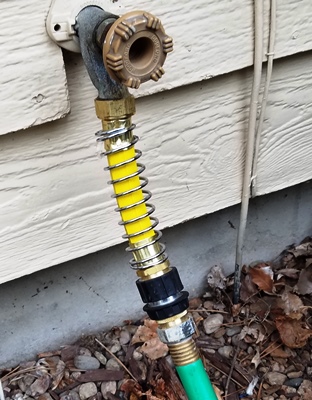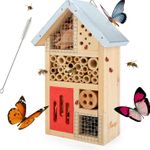
Gardeners shouldn’t have to make the choice between painful gardening or not gardening at all. With more than 50 million Americans struggling with arthritis, there are probably millions of vegetable gardeners included in that statistic.
If you’re one of those gardeners, don’t let a lack of flexibility or joint pain stop you from enjoying the hobby that could help you live to 100. The lifestyle factors associated with gardening have too many benefits to just give up. Gardening gets us outside, provides moderate exercise that builds and maintains strength, and there’s the chance to grow fresh food for a healthier diet.
Fortunately, there are ways to adapt most gardening practices to avoid bending sore backs, getting down on aching knees or squeezing tools with painful hands. In celebration of National Arthritis Awareness Month, here are some of the ways to adapt garden tools, methods and even the landscape to keep enjoying every minute out in the garden.
Good Gardening Tools
Whether buying new ergonomic hand tools or modifying the old tools in the shed, here are a few good gardening tool ideas:
- Trigger squeeze garden nozzles reduce hand pressure.
- A good quality hose protector extender and quick change system make it easy to snap in and snap out when attaching the garden hose to the spigot. Add a self-coiling hose for extra help.
- High-quality pruners and loppers with a spring return ratcheting mechanism help make up for limited hand strength.
- Long handled or telescopic tools with cushioned handles extend your reach when using weeders, trowels, cultivators and watering wands. As an alternative, make comfy handle covers with foam pipe insulation wrapped around existing handles.
- Lightweight shovels with fiberglass shafts and a wide step on the blade’s shoulders give more leverage to increase leg power.
- Tools with a forearm grip keep hand and wrist in a natural position to reduce stress on joints.
- A kneeler-seater takes pressure off bent knees and allows for seated gardening
- Garden carts with sides that drop down make loading and unloading easier.
Adapt the Landscape
Instead of getting down to garden level, bring the garden to you. There are many kinds of elevated planting beds on the market that can be adjusted for the correct height for gardening whether standing or sitting.
Another alternative is to plant and grow vegetables and flowers on trellises, in towers or in hanging baskets; plant tabletop gardens or use raised containers for planting in small spaces.
Adapting the landscape can also include removing high-maintenance plants – like turf – and replacing with low maintenance shrubs and perennial plants
Try New Techniques
- Keep tools sharper than usual to make common tasks easier.
- Switch to simple-to-use seed tape for planting carrots, radishes and other kinds of small seeds.
- Click seeding tools that place seeds where you need them or make one using a long piece of 1-inch PVC pipe.
- Use an ordinary long-handled grabber for planting bulbs, picking fruit and picking up debris.
What ways have you adapted to gardening because of physical needs? Please add your ideas here.
Dramm Corporation provided a complimentary sample of the Hose Protector Extender and a quick change system to review; opinions are always my own.
Fine Gardening Recommended Products

A.M. Leonard Deluxe Soil Knife & Leather Sheath Combo
Fine Gardening receives a commission for items purchased through links on this site, including Amazon Associates and other affiliate advertising programs.

Niteangel Natural Wooden Insect Hotel, Garden Insect House for Ladybugs, lacewings, Butterfly, Bee, Bug
Fine Gardening receives a commission for items purchased through links on this site, including Amazon Associates and other affiliate advertising programs.

Fort Vee - Organic Potting Soil Mix
Fine Gardening receives a commission for items purchased through links on this site, including Amazon Associates and other affiliate advertising programs.



















Comments
Log in or create an account to post a comment.
Sign up Log in